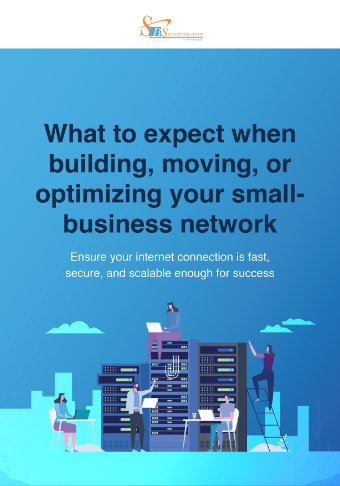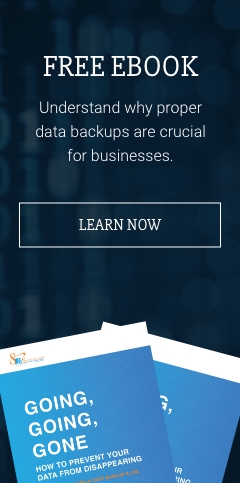When the COVID-19 pandemic hit, businesses worldwide underwent the ultimate stress test. They reconsidered business priorities, and those that could urgently shifted to work from home setups. Companies worked tirelessly to provide their remote workforces with the network access and technology they needed to stay open.
Now that many businesses have regained their footing, it’s essential that they implement network security best practices to keep company data secure and ensure business continuity during this crisis.
Here’s what you need to do to maintain and protect your network while supporting your remote workforce:
Ensure connectivity
The first order of business is to make sure your connectivity is resilient. Your company won’t be able to maintain operations if your employees can’t connect to your network or with one another. Confirm that your IT infrastructure can accommodate an increase in capacity, bandwidth, and number of users. A managed IT services provider (MSP) like Safebit Solutions can help with this and optimize your existing technology solutions to accommodate your remote workforce.
To ensure that your remote teams have safe and reliable access to your company network, utilize a virtual private network (VPN) or a virtual desktop infrastructure (VDI). Essentially, both let users securely access company data and systems using any internet-connected device.
Read more:
Why you need a VPN and how to choose one
Why SMBs should switch to a virtual desktop infrastructure
To better facilitate communication and collaboration among your remote employees, implement digital workplace solutions such as email, instant messaging, and video conferencing. Fortunately, there are cloud-based office suites, such as Microsoft 365, that offer several productivity programs and services within one application.
Manage access
A distributed workforce presents a significant challenge when it comes to cybersecurity, especially since employees are busy juggling life and work at home and are therefore not as vigilant to potential threats. This makes identity and access management (IAM) imperative, as physical security measures no longer apply.
IAM involves securing and authenticating identities and allowing users to access particular resources and/or perform certain actions. There are many technologies that simplify aspects of IAM and here are some of the most commonly used:
- Single sign-on (SSO) – allows users to log in with a single ID and password to access any related yet independent software, systems, and data
- Multifactor authentication (MFA) – acts as an additional layer of security requiring users to provide other credentials besides their password (e.g., a unique code sent to their smartphone or a fingerprint scan) to verify their identity
- Privileged access management (PAM) – a host of solutions that help secure, control, manage, and monitor access given to employees based on their job function and roles
Access control systems are among the simplest yet most effective ways to protect against unauthorized access. Bear in mind, however, that you can’t keep your data 100% secure if you rely on only a single security tool. It’s best to implement at least three layers of protection to effectively regulate access. With the right measures in place, you can ensure that your IT infrastructure remains fortified under any circumstance.
Support your remote workforce
Some of your employees are likely still adjusting to their new workspaces at home. Help them stay productive by providing them with applications, files, interfaces, and other digital workplace solutions that resemble the ones they use at the office. Giving them this sense of familiarity can go a long way toward ensuring productivity.
Additionally, communication and collaboration dynamics are different for remote work. While the typical office setup makes it easy to talk and work on projects with other people, you have to make sure that your network can support tools like instant messaging, document sharing, and video conferencing to keep your remote workforce connected.
Resilient and secure networks are key to ensuring businesses stay afloat during times of crisis. Let our experts at Safebit Solutions facilitate your IT so you can focus on growing your business. Contact us today.
There’s a lot you need to know about networks!
Download our free eBook to get a primer on:
- How poor network performance leads to poor business outcomes
- How networks can either bolster or stifle growth
- Why network cybersecurity is crucial for your company



